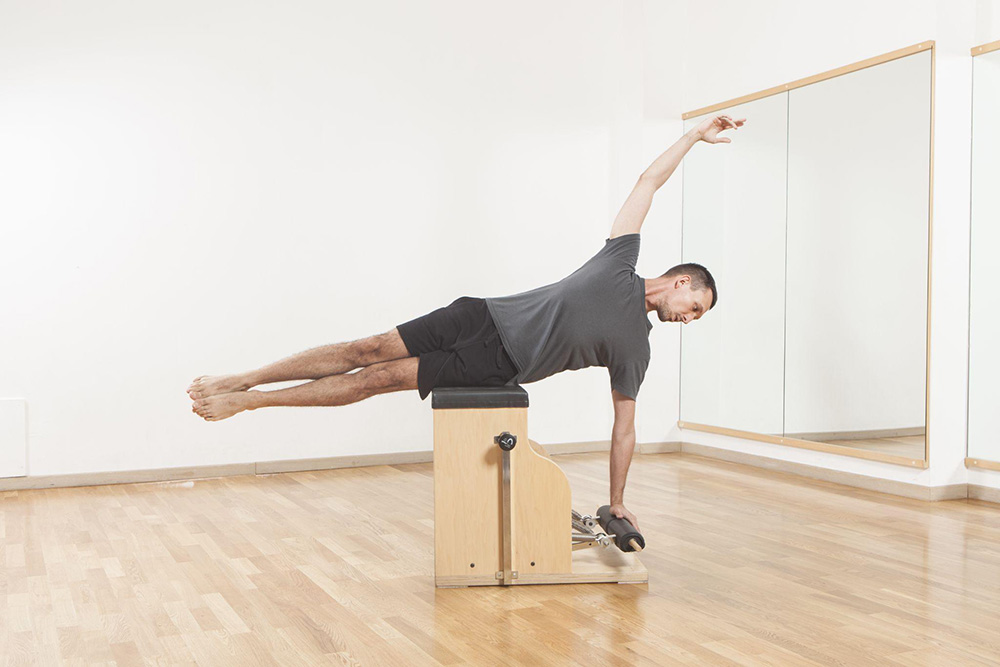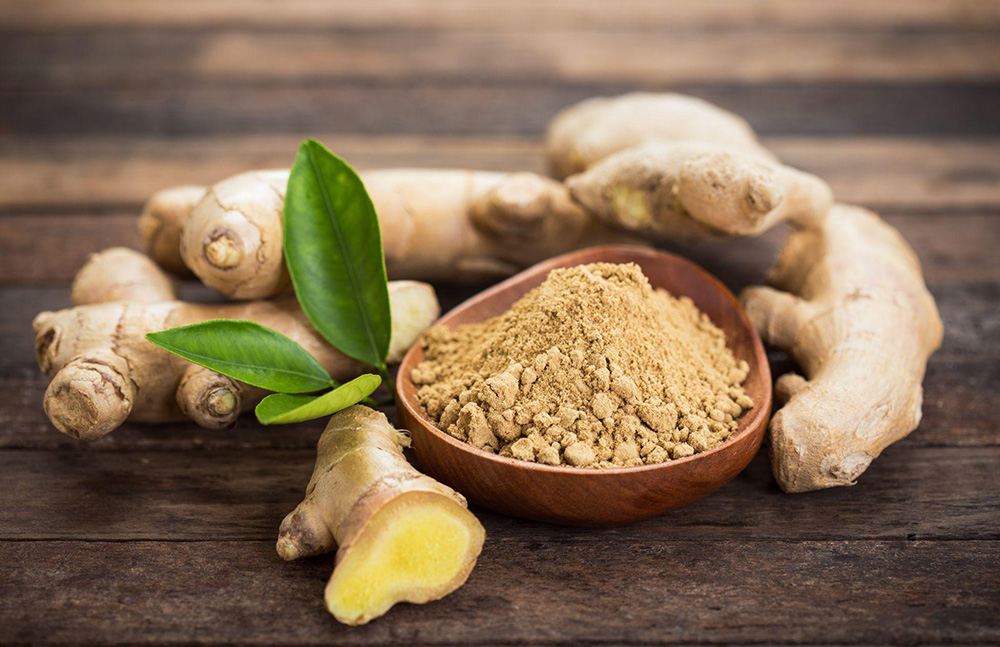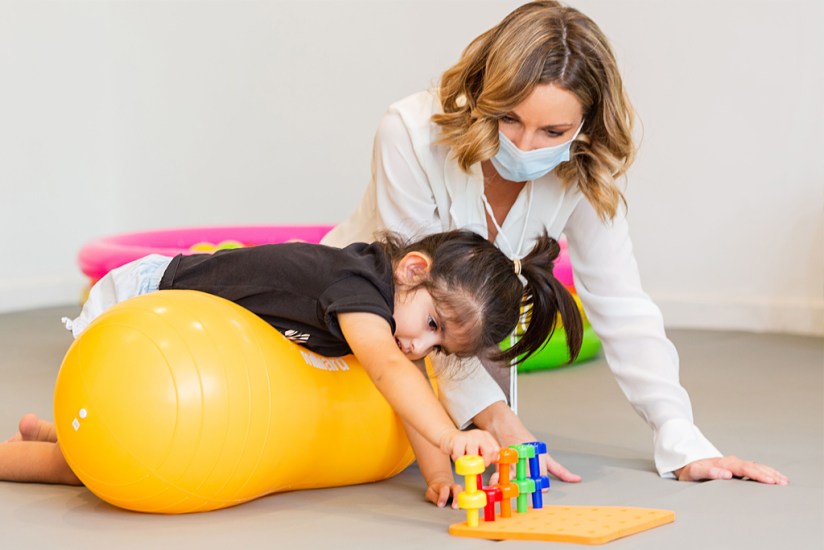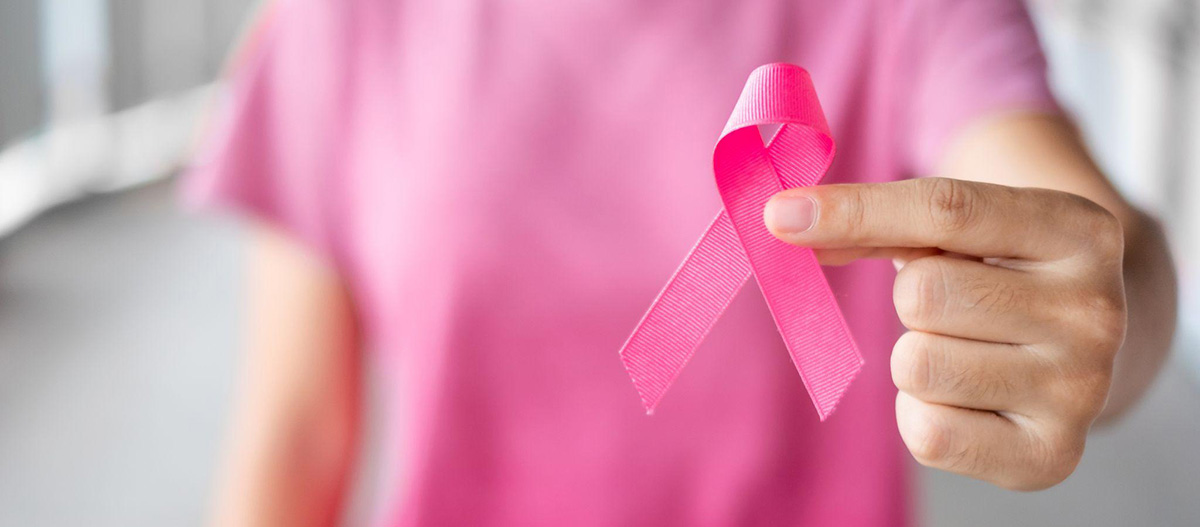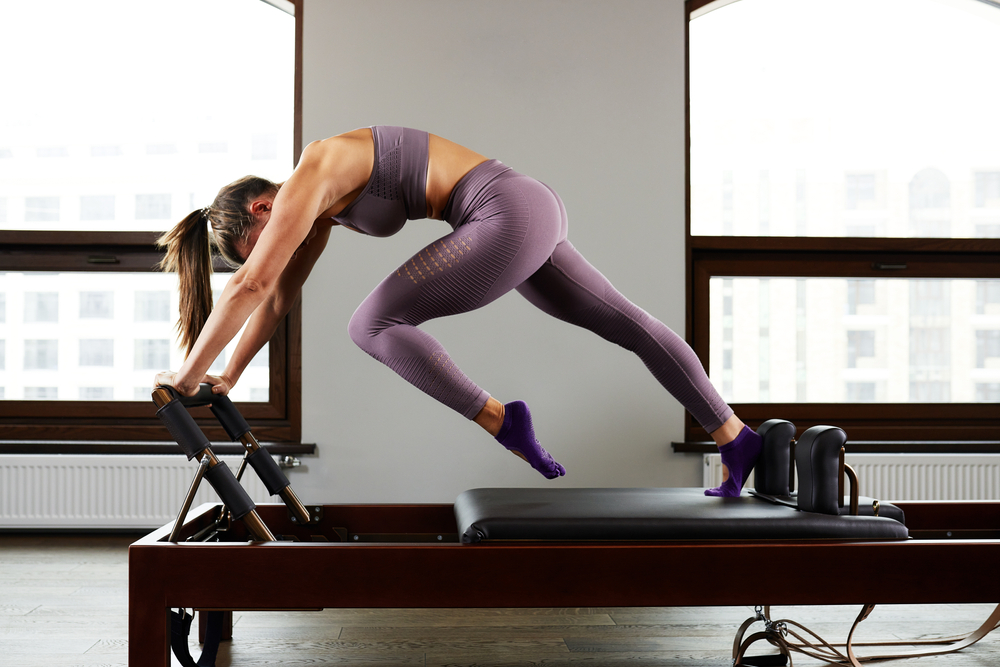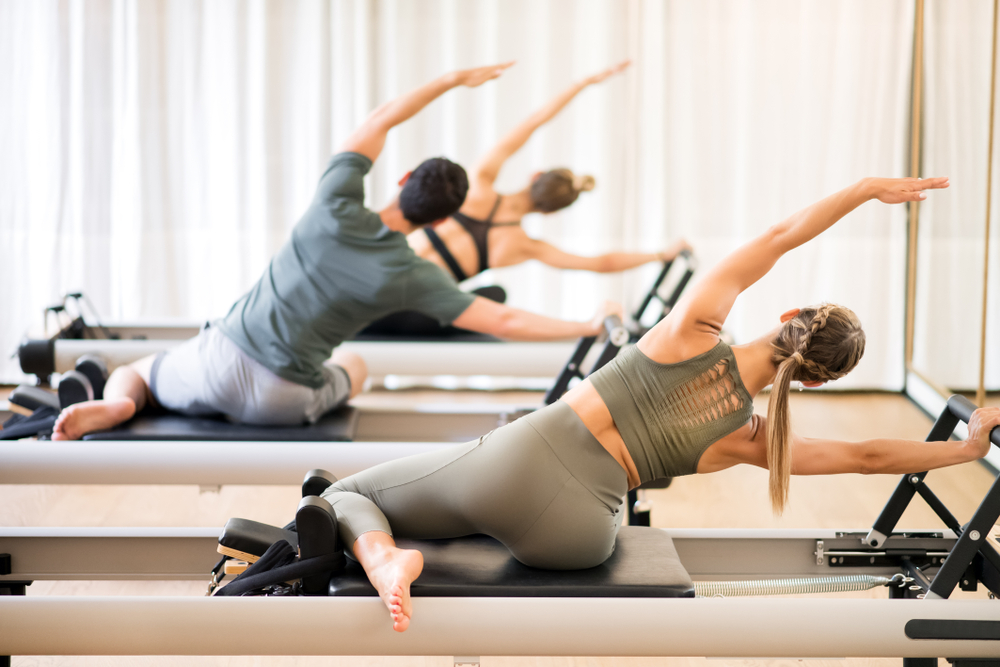Now that in-person classes and workdays are becoming the norm again, you may be missing the proximity to your fridge that a work-from-home setup allowed. It’s important to make sure you are eating enough, and healthily, to ensure the proper functioning of your mind and body. Many of us make the mistake of eating foods that are high in calories but low in nutritious value. A nutritious diet is key as it can help you be productive during your daily activities. Our dieticians have put together some vitamin-rich foods that you should be snacking on.
- Seeds
A variety of seeds are high in vitamin E and vitamins B1-6. Sunflower seeds are a great option and easy to grab. Due to their popularity in the UAE, they are available at most stores. Vitamin E helps the body’s organs function properly and vitamin B is essential in maintaining brain health and keeping up energy levels.
- Broccoli
Broccoli is high in vitamin A, calcium and iron. Many children, and adults, turn up their noses at the taste of broccoli. For a fun snack, we suggest trying new recipes. You might be interested in trying ready-made snacks like broccoli chips – available through assorted e-retailers. You could also opt for homemade recipes like the American favourite, tater tots, with a twist. Some recipes make use of broccoli instead of potatoes. Make sure to look for healthy recipe versions online that do not require a lot of oil.
- Bell Peppers
These vegetables are a source of Beta-Carotene, and Lycopene, as well as vitamins A and C. Bell peppers are a great snack on their own. Dicing them and eating them directly is the most nutritious way of snacking, but other popular forms include eating with a hummus dip or with cottage cheese. There was even a TikTok trend of using bell pepper halves to replace bread slices in sandwiches! We recommend at least giving this a try.
- Watermelon
Watermelon is a quick-and-easy snack idea. It’s also a budget-friendly option with its low retail prices because of its availability across the region. We recommend watermelon because it has vitamins B1, A and C. Another bonus is that it keeps you hydrated because of its high water content. This also means that it makes a delicious low-calorie snack.
- Carrots
Carrots are high in fibre. The health benefit of this is that it can help keep blood sugar levels under control – something to keep in mind for diabetics. They also have vitamin K and calcium, major contributors to bone health. Carrots require minimum effort to prepare, so a great option for a busy workday.
- Mandarins
Another orange option is mandarins. As a snack, these are a great option because they do not need to be packaged, prepared or washed. They are popular because they contain high levels of vitamin C but it also contains A and B. The reason why mandarins and the Citrus genus are popular during flu season is because consuming high levels of vitamin C helps to remove free radicals and can aid in preventing infection. It is also an important nutrient for maintaining skin health. Its benefits are that it promotes collagen production – which helps reduce fine lines and firms up the skin.
Being busy and having an active lifestyle does not have to negatively affect the type of food you eat. Stick to some of these healthy options, that are easy to prepare and are readily available, to keep a well-balanced diet.

